Book Review: Secrets of the Seas
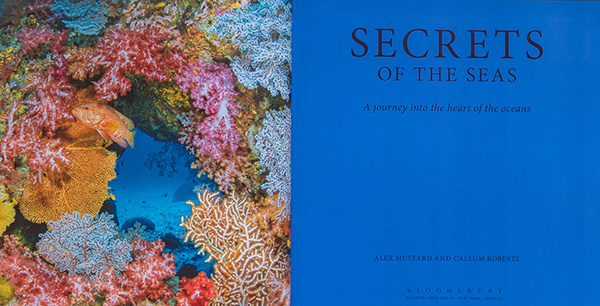
Secrets of the Seas: A Journey into the Heart of the Ocean is a large format, visually beautiful book which combines the prodigious photographic talents of Alex Mustard with the factually compelling and fascinating narrative style of author Callum Roberts. This symbiosis provides a study of the past, present and possible future of the world’s oceans and their inhabitants. The authors not only have obviously strong roots in the sea and an empathy for its creatures but also share academic marine science backgrounds. This has created a book that is both visually and factually compelling.
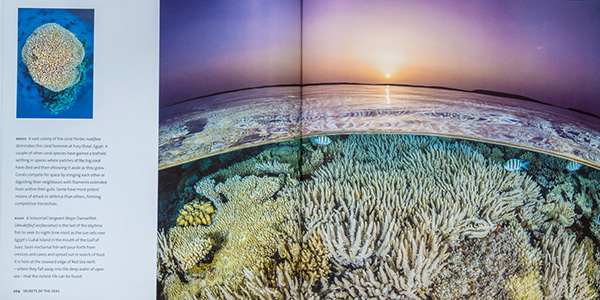
Even for those familiar with the seas, it is full of fascinating snippets. Perhaps you were unaware of the Steller’s sea cow (Hydrodamalis gigas), a 10 meter long close relative of the dugong and manatee that went from plentiful to extinct in less than 30 years during the mid 1700’s? Imagine diving and interacting with a 10 meter manatee! Further on the text refers to the pygmy seahorses (Hippocampus bargibanti) that exclusively inhabit Muricella sea fans that many macro photographers are probably aware of. It is fascinating to note that these were only discovered when a piece of the sea fan with (as yet undiscovered) seahorses in it was placed in an aquarium and they were observed moving about on it.
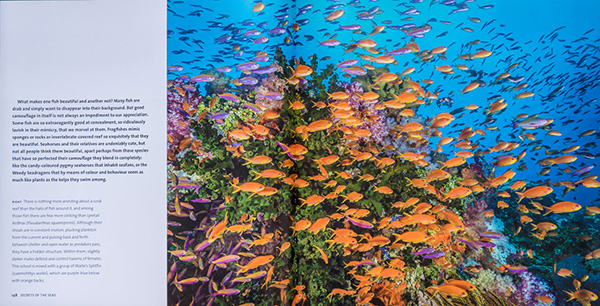
This book presents an interesting synthesis. Roberts’ previous books are narratives, detailing his thoughts and philosophy about the marine environment along with how human interaction has and will affect it. By contrast, Mustard’s previous large format book was very much a collection of imagery. These two styles are woven into a single thread by combining the narrative with stunning imagery as well as providing a host of interesting facts and relaying a strong message about the oceans’ plight.
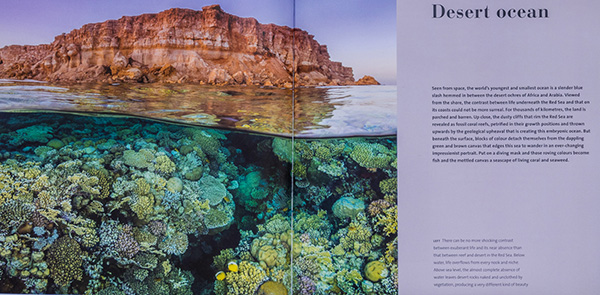
Robert’s message in the book is about diversity and change. He catalogs the damage, risks and opportunities that are created by human actions in the world’s oceans. Each chapter highlights a different climatic region, species or ecosystem and documents both an outline of how its works and how it has been affected. He discusses the Coral Triangle, North Atlantic, sharks, the Red Sea, the North Atlantic, evolution, corals, kelp forests, and the Caribbean. In each instance, he highlights a few of the processes that make each topic distinctive, and then elaborates on how human actions have affected them.
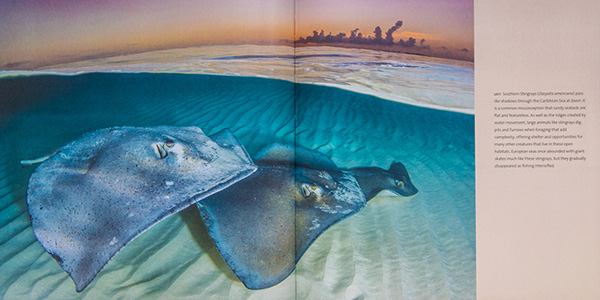
As an example, the final chapter “Back from the Brink” chronicles how seal species have changed, adapted and returned from near extinction. Roberts postulates that seals’ willingness to interact with humans may be that their collective memory has erased the instincts formed by centuries of hunting. He also notes that their recovery has brought seals into conflict with the fishermen, as they claim that they are depleting “their” fish stocks. Of course the underlying truth is that the fish stocks themselves are depleted (primarily due to overfishing), and the reason for any conflict is based in humanity’s continued inability to think beyond short term financial goals.
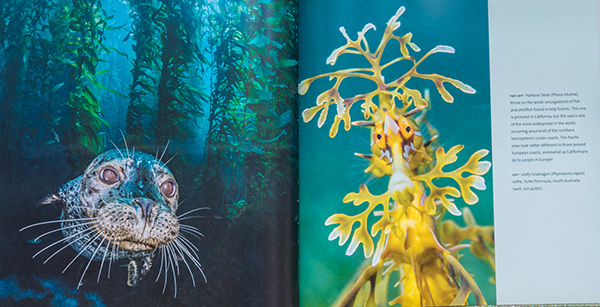
To most readers of this review, Mustard’s images and their quality will not come as a surprise. What makes them stand out in this book is the selection of images. In line with the narrative, the images highlight marine environments that are less typical than most that appear in coffee table books. Images of Atlantic cod (Gadus morhua) are perhaps not what one might expect in a showcase of the underwater photographer’s art. In this instance, though they dramatically underline the reality that this once abundant (and beautiful) fish is now effectively extinct through much of its previous range. Whilst the easy way of highlighting marine conservation issues would be to publish images of animals festooned in nets or of degraded marine environments, Mustard has used his compendious image library to show how things should be. This makes for stunning imagery, but this is tinged with an almost melancholic sadness that reflects upon the reality that the sights he has captured are now rare and uncommon.
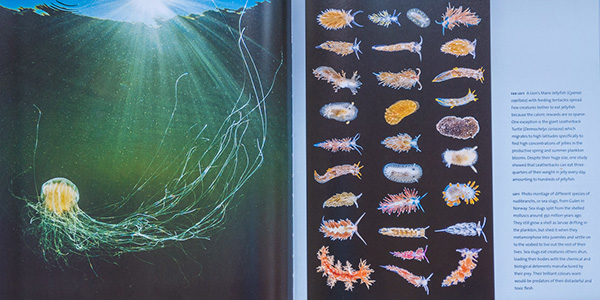
Mustard’s images are accompanied by detailed captions which list the animals involved and where appropriate, the behaviors that are captured. Practically, the captions provide a detailed description of how and where to create similar imagery. Most successful underwater photographers will emphasize the role of research in achieving memorable imagery and this book should help educate and inspire underwater photographers about ways to capture unique images.
By its very nature and format, this book is not one that is designed to be devoured relentlessly from cover to cover. It should be browsed rather than read. The combination of chapter text and detailed image captions limits the reading flow, so to absorb and enjoy both the narrative and detail, this book is best savored.
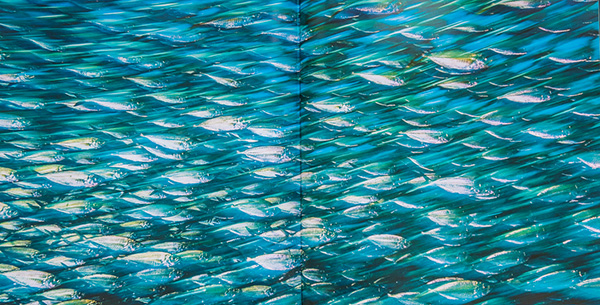
The book is very well printed, with the image reproduction quality and the layout enhancing the content. Each image in itself is worthy of spending time with.
In terms of eBooks, the publishers have chosen to offer a version in Kindle format (mobi). Given how visual this book is, the format simply does not do it justice. It is also available as a PDF eBook, which will give a much better experience for digital readers.
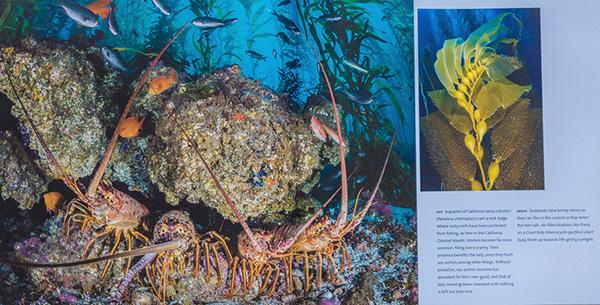
Secrets of the Seas: A Journey into the Heart of the Ocean by Callum Roberts and Alex Mustard has been published by Bloomsbury Natural History and is available from your local specialist dive supplier, the publisher or via online retailers like Amazon.
FTC Disclosure
A copy of the book was supplied by the publisher for the review. The reviewer purchased the Kindle version.